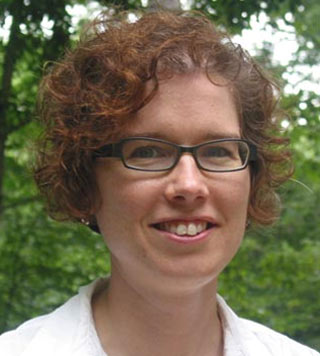
Experts tested two groups of deaf people who used sign language. This helped them compare younger and older adult signers who contribute a cultural environment but have varying levels of language ability. This was done to observe how they compared their knowledge about spatial environments. Experts revealed that younger signers performed better on two spatial cognition tasks.
Wellesley College Assistant Professor of Psychology Jennie Pyers shares, “Nicaraguan Sign Language is only about 35 years old, and as a young language it is undergoing rapid change. The language is becoming more complex in the hands of the children of the community, and most older members of the community do not learn the new complexities introduced by the following generation. As a result, the language of the younger adults in the community is more complex than the language of the older adultsâ€.
In one analysis participants entered a small rectangular room with three black walls and one red wall; identical cups were placed in each corner of the room. The participants were blindfolded and turned around until they were mixed up. This was done as soon as the expert hid a small object in one of the cups.
The second analysis required people to revolve an object mentally. The participants were blindfolded and the box was rotated. This was done after they saw the experts hide a small object in a small box with three black walls and one red wall placed in four corners. Further the participants removed their blindfold and searched for the object in the rotated box. Experts observed that adults with complex language skills performed better than adults with basic skills.
Pyers elucidates, “The younger signers performed as well as the average college undergraduate. The older signers performed significantly worse than the younger signers, but better than children do. The study shows that language, above and beyond brain maturation and cultural and environmental experience, helps people solve spatial problemsâ€.
Experts could observe the role of language in spatial cognition for the first time. This could be done by using this unique language environment in Nicaragua and analyzing two generations of adults who share same culture.
These findings were published in the June 21 issue of the Proceedings of the National Academy of Sciences.
